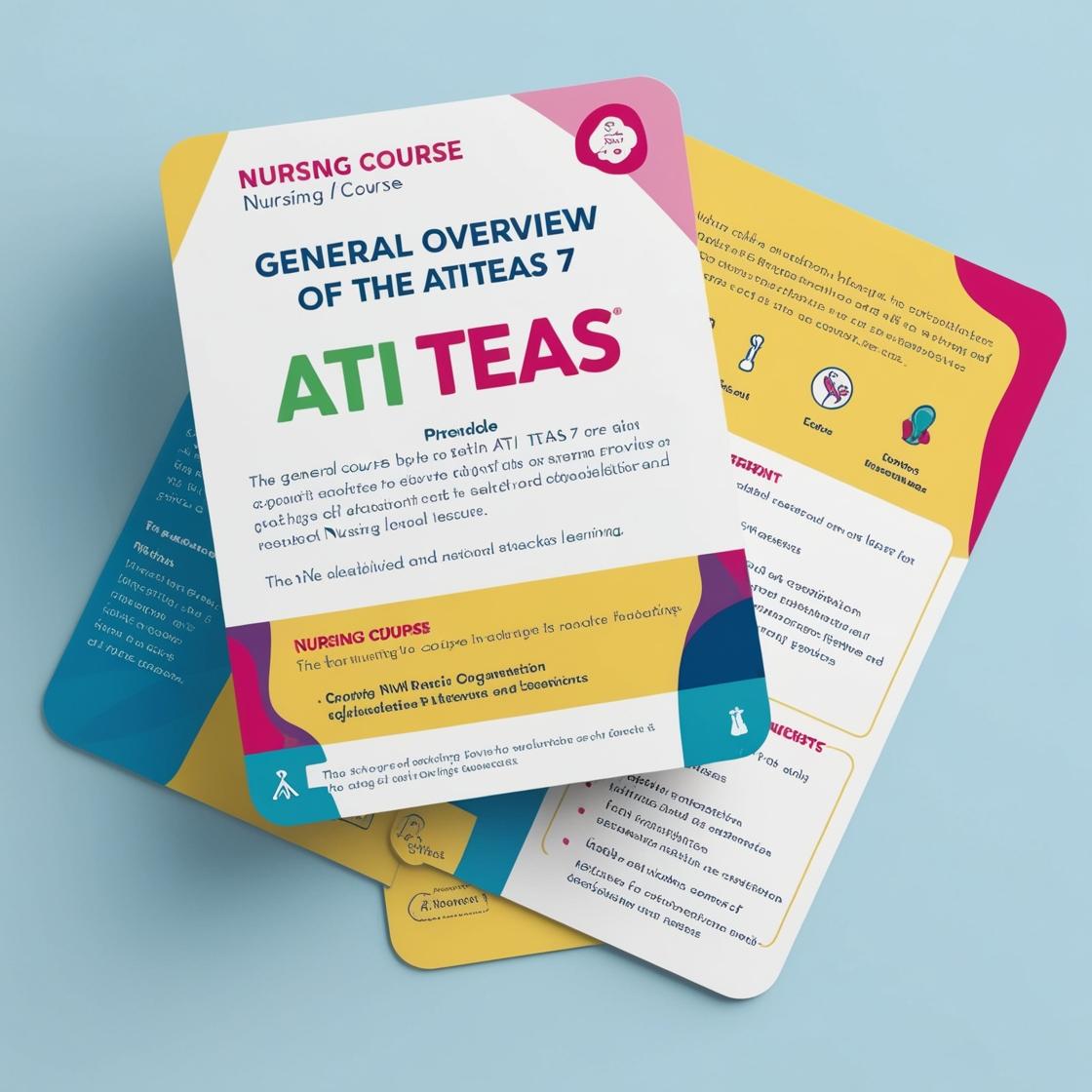ATI TEAS 7
TEAS Test Reading Questions
1. Where did Robert and I decide to buy a house after looking at five different houses?
- A. Forest Road
- B. Pine Street
- C. Rice Avenue
- D. Willow Lane
Correct answer: A
Rationale: Robert and the speaker decided to buy the house on Forest Road after considering five different houses. The first two houses lacked the necessary space, the third didn't have a big enough yard, the fourth was above their price range, and the last one wasn't in the desired neighborhood. Only the house on Forest Road met their requirements for space and price, making it the final choice.
2. Which of the following best describes the author’s purpose?
- A. The author wants to tell customers about the cars available at Carl’s Car Depot.
- B. The author wants to encourage other car dealerships to lower their prices.
- C. The author wants to provide new and used cars at affordable prices.
- D. The author wants to attract customers to Carl’s Car Depot.
Correct answer: D
Rationale: The author's purpose is to attract customers to Carl's Car Depot. The text from the extract clearly emphasizes the one-day-only summer sale event at Carl’s Car Depot, highlighting the wide range of cars available at discounted prices with special financing options. The author aims to draw in potential customers by presenting compelling offers and creating a sense of urgency. Choices A, B, and C are incorrect because the primary focus is on attracting customers to Carl’s Car Depot by showcasing the available cars and the limited-time sale, not solely informing customers about the cars, urging other dealerships to lower prices, or generally providing affordable cars.
3. What is the author’s conclusion about the house on Pine Street?
- A. The house did not have enough bedrooms.
- B. The house did not have a big enough yard.
- C. The house was not in the right neighborhood.
- D. The house was too expensive.
Correct answer: D
Rationale: The author's conclusion about the house on Pine Street is that it was too expensive. This can be inferred from the description provided in the text, where it is mentioned that although the house had enough space inside, it didn't have a big enough yard for their dogs, and the cost of the house was well above their price range. Therefore, the correct answer is D. Choices A, B, and C are incorrect as they do not align with the evidence from the text, which clearly points to the cost being the main issue with the house on Pine Street.
4. Based on the context, which of the following is the meaning of the word move in the passage?
- A. drive
- B. sell
- C. advance forward
- D. change location
Correct answer: B
Rationale: In the context provided, the word 'move' is used to indicate that the vehicles are 'marked to move quickly,' which implies that they are intended to be sold rapidly. Therefore, the correct meaning of 'move' in this context is 'sell.' Options A, C, and D do not accurately capture the intention of the word as it is used in the passage. While 'advance forward' (Option C) might seem plausible, the context of a sales event and the urgency to buy due to low prices indicate that 'sell' is the most fitting interpretation.
5. Which of the following statements based on the passage should be considered an opinion?
- A. Julia’s boss asked her to help one of her coworkers with work.
- B. Julia was late to work due to traffic.
- C. It was irresponsible for Julia to leave work early.
- D. Julia was tired because she’d been woken up early.
Correct answer: C
Rationale: The statement 'It was irresponsible for Julia to leave work early' is an opinion because it reflects a judgment or evaluation of Julia's actions, rather than stating a fact. The other statements (A, B, D) provide factual information about events that occurred in the passage. Option A states a fact about Julia being asked by her boss; option B explains the reason for Julia being late; option D provides a reason for Julia feeling tired. These are not opinions but rather statements of events or circumstances.
Similar Questions

Access More Features
ATI TEAS Premium Plus
$150/ 90 days
- Actual ATI TEAS 7 Questions
- 3,000 questions with answers
- 90 days access
ATI TEAS Basic
$99/ 30 days
- 3,000 Questions with answers
- 30 days access
